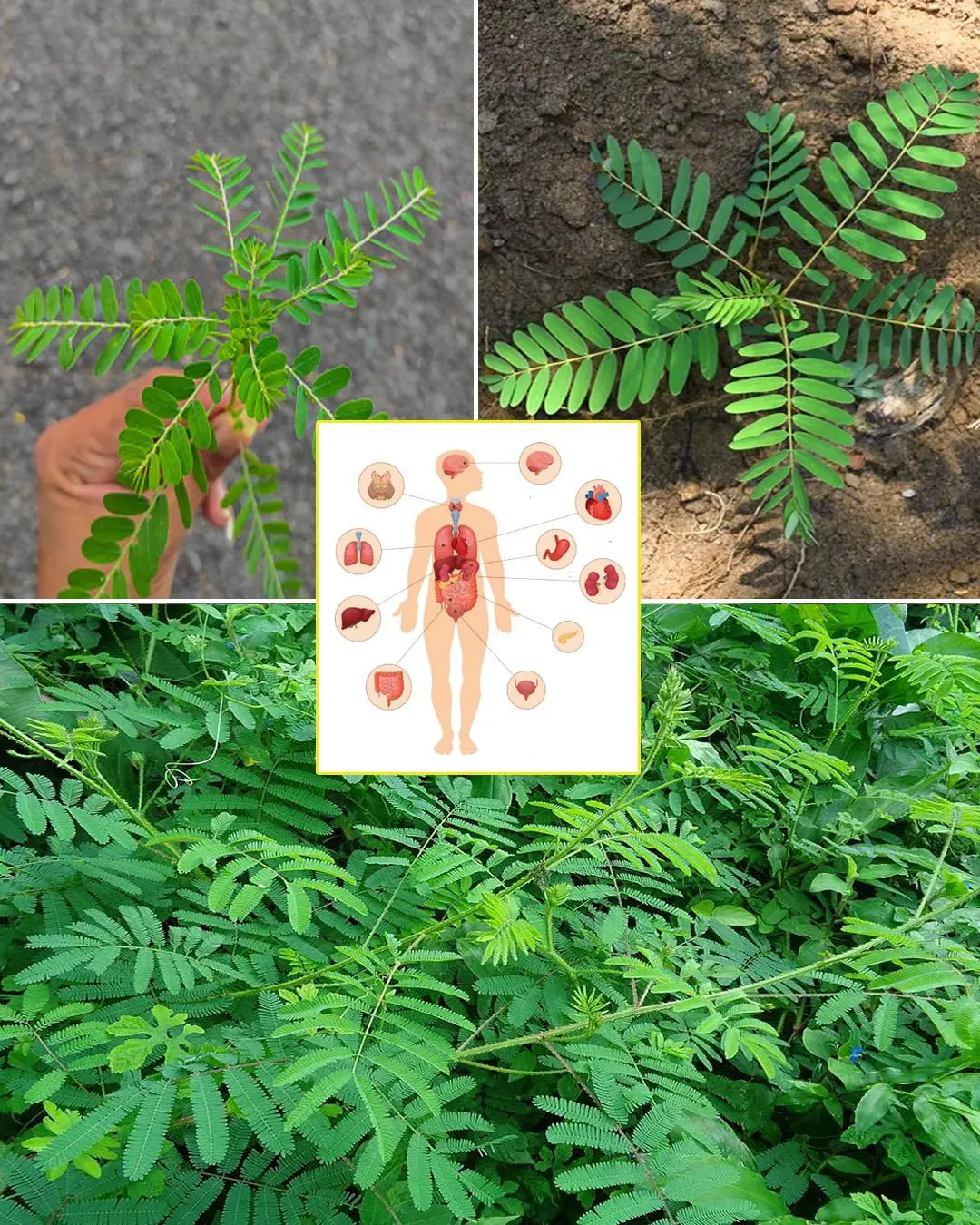
Incredible Map of Pangea With Modern-Day Borders
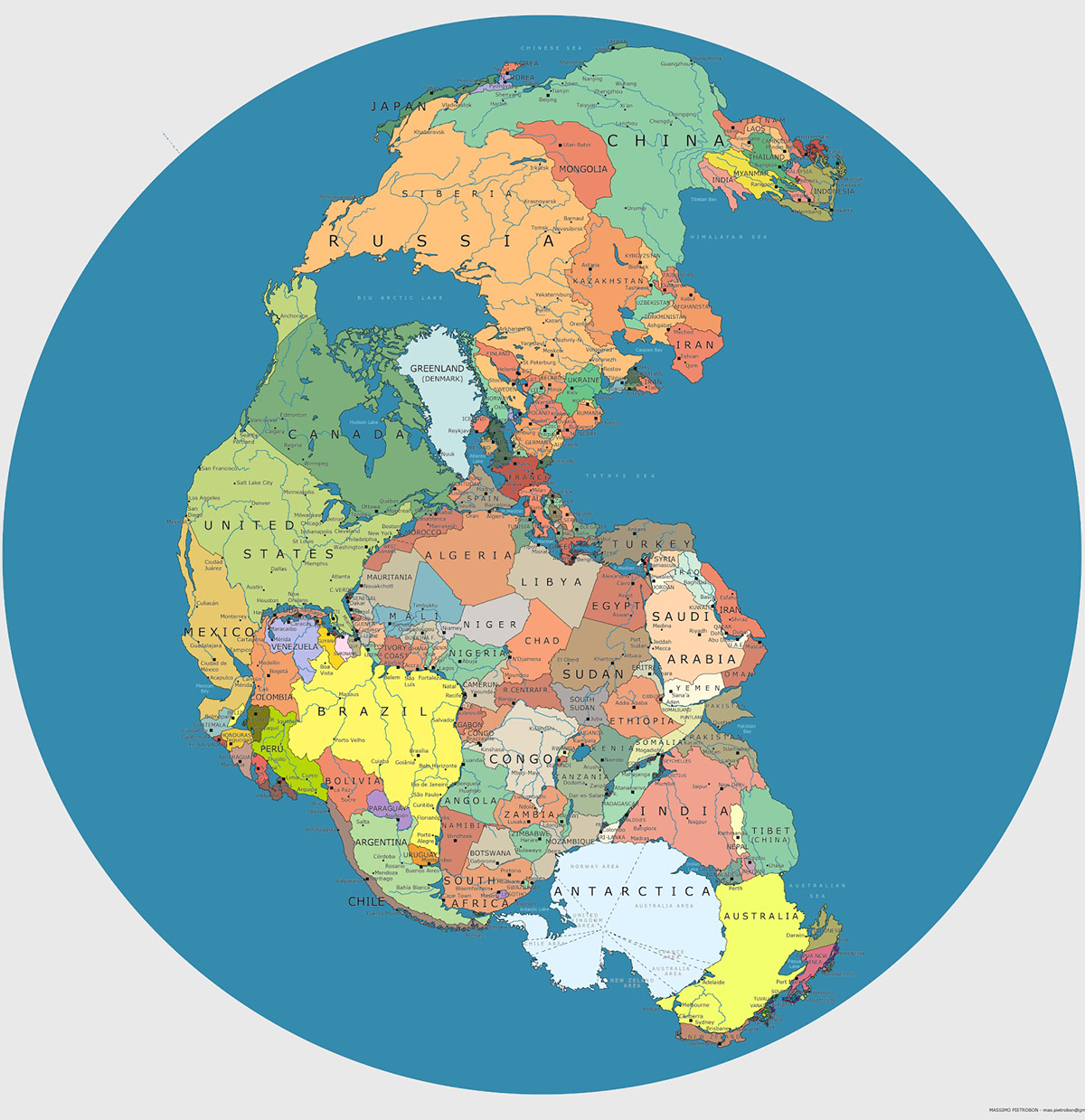
As volcanic eruptions and earthquakes occasionally remind us, the Earth beneath our feet is constantly shifting and evolving. Though these movements are usually imperceptible in our daily lives, they’re part of a powerful, ongoing process that has been shaping the planet for billions of years.
Tectonic plates move at a rate of only 1 to 4 inches (2.5 to 10 cm) per year, but over millions of years, these seemingly small movements result in monumental changes to Earth’s surface. Continents drift, oceans open and close, and entire ecosystems are reshaped in the process.
Today’s featured map, created by Massimo Pietrobon, offers a fascinating glimpse into Earth’s ancient past. What sets Pietrobon’s work apart is that it overlays the modern-day borders of countries onto the ancient supercontinent Pangea, helping us visualize how today's world might have looked when all the landmasses were joined together as one.
Pangea: A Unified World
Pangea—meaning “all lands” in Greek—was the most recent of several supercontinents to form throughout Earth’s geologic history. It began to take shape around 335 million years ago, during the late Paleozoic Era, and persisted until it began to break apart roughly 200 million years ago during the early Jurassic Period.
At its peak, Pangea covered about one-third of the Earth’s surface, while the remaining two-thirds was occupied by a vast global ocean called Panthalassa.
Modern scientific studies, including climate modeling and fossil records, have helped paint a more detailed picture of life on Pangea. It’s believed that the interior regions of the supercontinent were extremely arid and inhospitable, much like modern deserts in Central Asia or Africa today. Temperatures may have reached up to 113ºF (45ºC), and the scarcity of fossil evidence in these central areas supports the idea that life was sparse there.
The enormous contrast between the hot, dry landmass and the cooler ocean around it likely caused powerful monsoon systems, similar to but even more intense than what we see in South Asia today.
Despite its harsh interior, Pangea was home to a wide range of plant and animal life. The connected landmass allowed species—including early dinosaurs and mammal ancestors—to roam across continents that today are separated by vast oceans. This played a key role in the early diversification of life on land.
The Great Breakup
Around 200 million years ago, Pangea began to fragment. A massive volcanic rift zone developed, driven by rising magma from deep within the Earth. This rift eventually split the supercontinent into smaller landmasses, forming the foundation for the continents we recognize today.
This rifting zone would later become the Atlantic Ocean, which continues to widen even now due to seafloor spreading.
One of the clearest pieces of evidence of this ancient split is the complementary coastlines of modern-day Brazil and West Africa—they fit together like puzzle pieces, suggesting they were once joined. Similarly, the northeastern parts of Canada were once connected to parts of Spain and Morocco, indicating how the Atlantic Ocean now separates once-adjacent land.
The concept of plate tectonics—the movement and interaction of Earth’s lithospheric plates—is responsible for many of the dramatic features we see on Earth today. For example, the towering Himalayan Mountains were formed when the Indian subcontinent, once part of eastern Africa, collided with the Asian plate around 50 million years ago. This ongoing collision continues to push the mountains higher.
Plate tectonics is also responsible for earthquakes, volcanic activity, and the slow drift of entire continents. It's a geological process unique to Earth (as far as we currently know) and plays a fundamental role in the planet's dynamic systems.
A Glimpse Into the Distant Future
Continental drift is incredibly slow by human standards—about 1 foot (30 cm) every 10 years. This means we’ll never witness another supercontinent in our lifetimes. However, if Earth’s tectonic activity continues as it has, the continents are expected to merge again in roughly 250 to 300 million years.
Scientists have even proposed names and models for this future supercontinent, with one of the most well-known being Pangea Proxima (also called Next Pangea).
As illustrated by simulations from the Paleomap Project, Pangea Proxima is one potential configuration where:
-
Australia collides with Southeast Asia, merging into the larger Eurasian landmass.
-
North and South America drift westward, eventually crashing into Africa and Antarctica.
-
The Indian Ocean shrinks, giving rise to a massive inland sea at the center of the new supercontinent.
-
A single massive “superocean” could encircle the landmass, much like Panthalassa once did.
This projected world would be unlike anything we know today, and any life that exists in that distant future would face entirely different environmental conditions.
Conclusion: A Planet in Motion
The map of Pangea with modern political borders is more than just a curiosity—it’s a powerful reminder that Earth is not static, but alive with movement and change. The continents we live on today are just temporary arrangements in an ever-shifting puzzle shaped by forces deep beneath our feet.
Understanding the past not only satisfies our curiosity but also helps geologists, climate scientists, and evolutionary biologists make better predictions about the Earth’s future. Whether it’s the collision of continents or the drift of a tectonic plate, these slow-moving processes are central to the ongoing story of our planet.
News in the same category

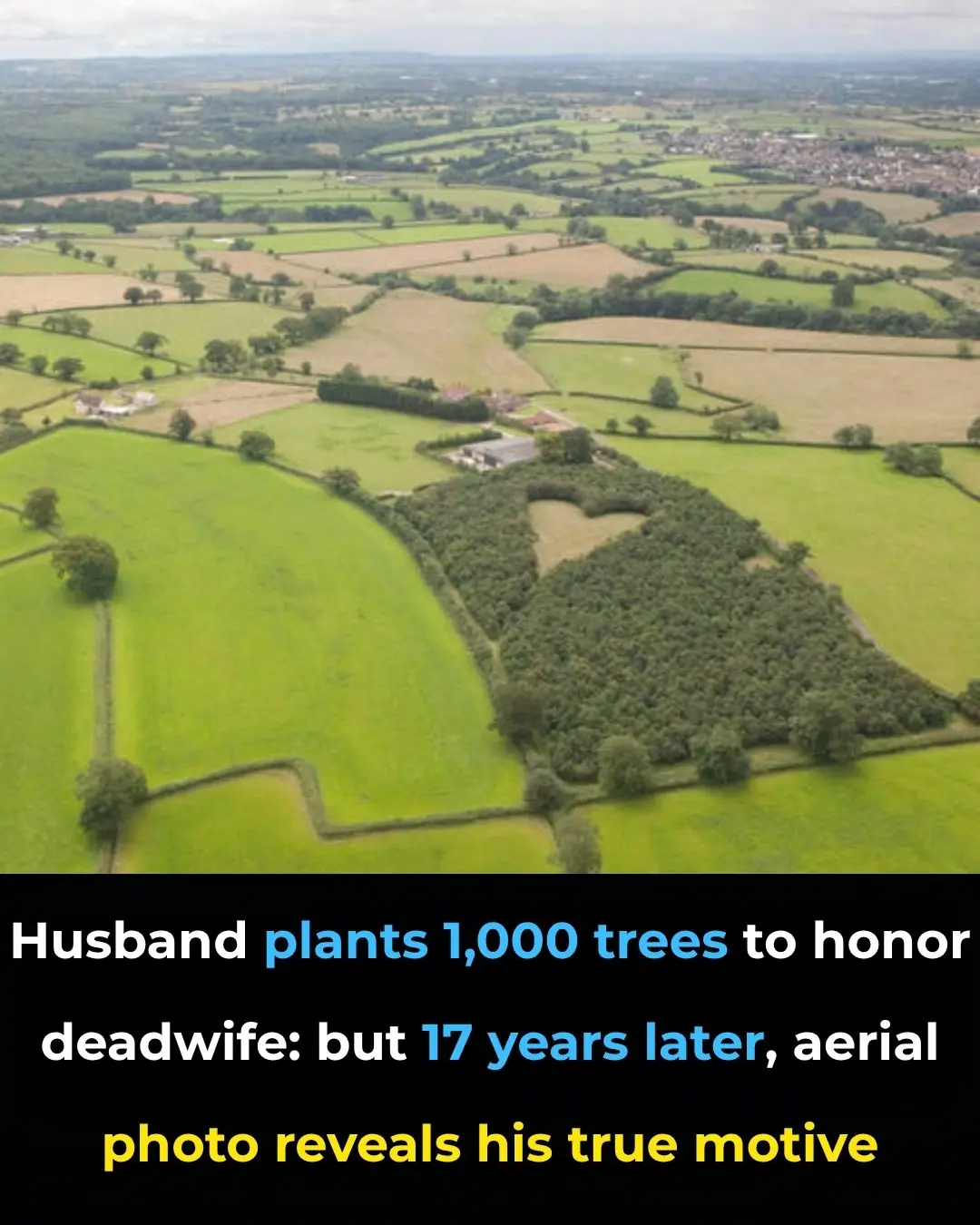
Farmer Plants 1,000 Oak Trees to Create Memorial for Late Wife

What Does a Thumb Ring Really Mean

Netflix loses eye-watering amount of money following Elon Musk’s call to cancel 'woke' streaming service

Nintendo sues Reddit mod for $4,500,000 in shocking lawsuit

Creators of ChatGPT reveal 44 jobs at highest risk of being taken over by AI in future

What Are These Tiny Balls in My Bed

Apple just added a new app to iPhone with iOS 26 and most people have no idea
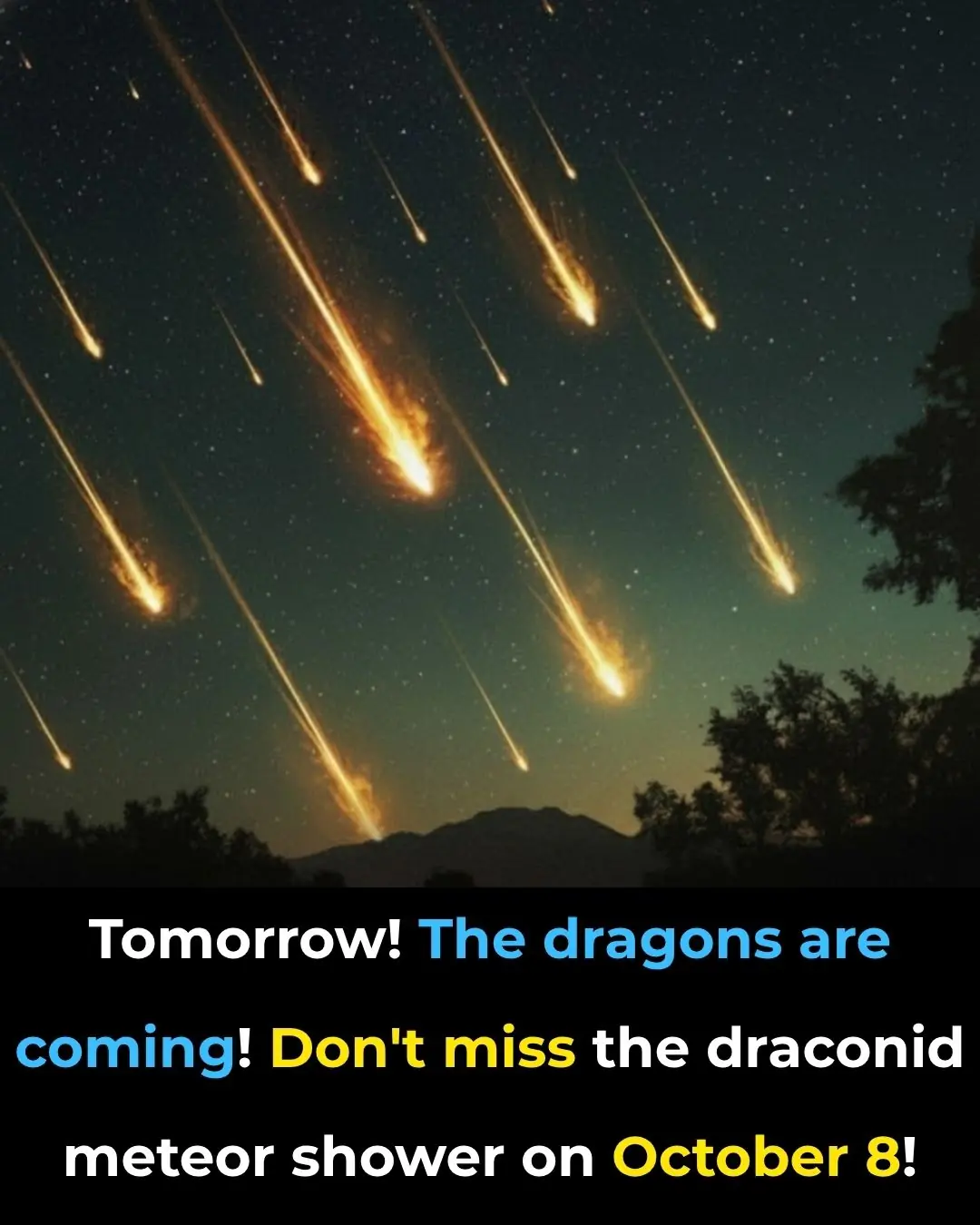
BREAKING NEWS 🚨 Due To This Draconid Meteor Shower Earth Will Be Badly Effected Because…..See More
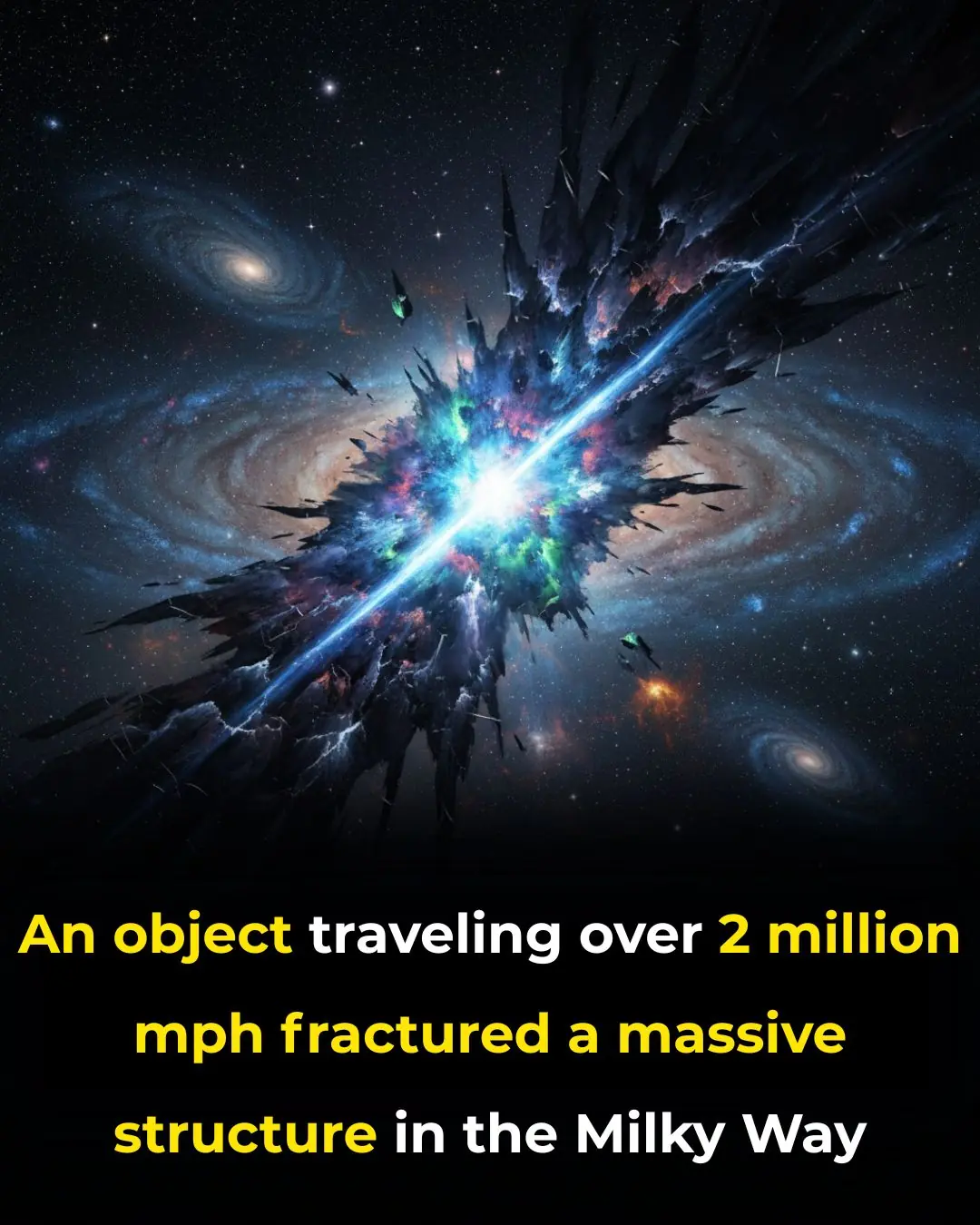
A High-Speed Pulsar Has Cracked the Milky Way’s Magnetic “Bone” — Racing Through Space at 2 Million MPH

Nose Picking What This Taboo Habit Really Reveals About Us
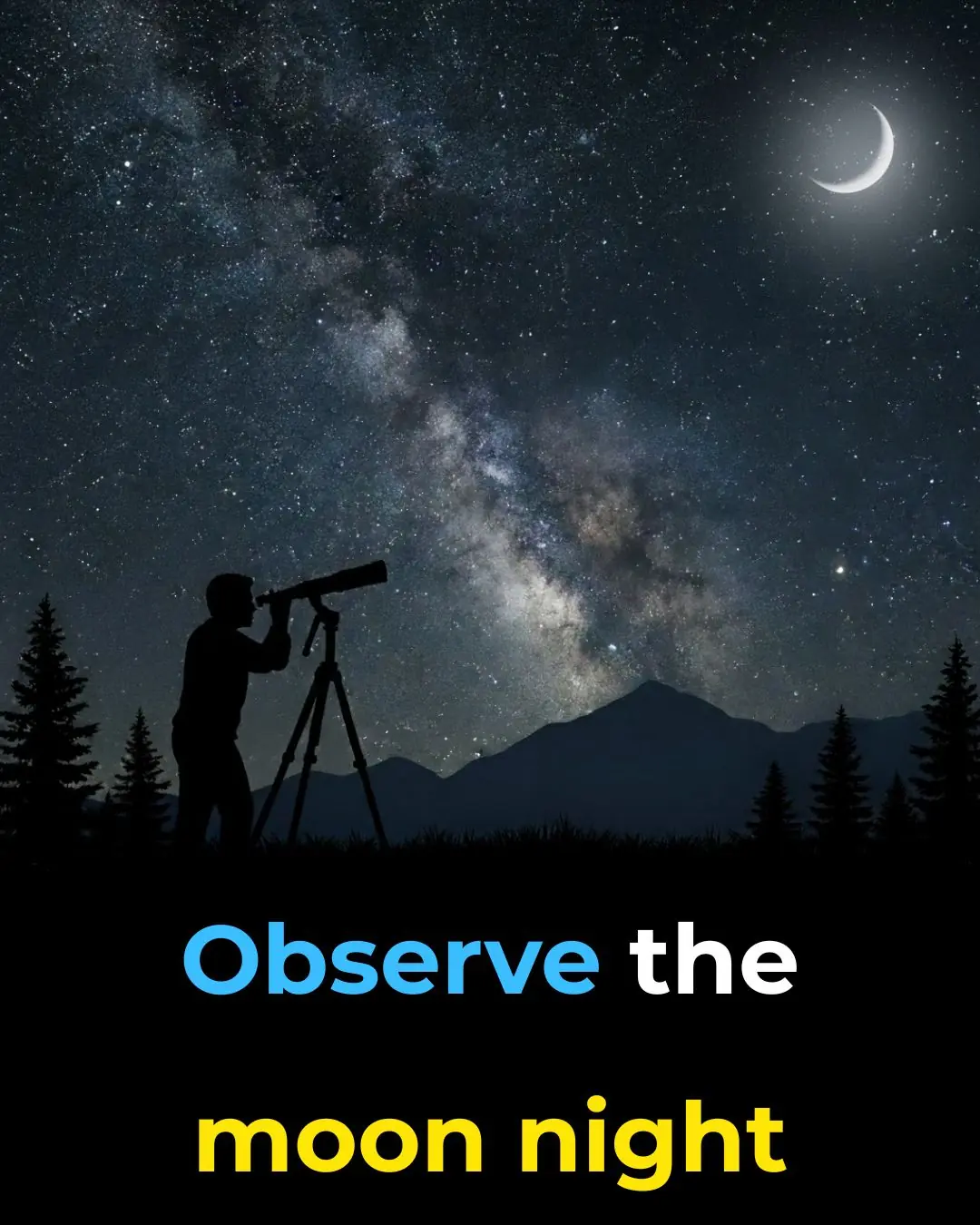
Prime views of the Andromeda Galaxy and Ceres—October 2
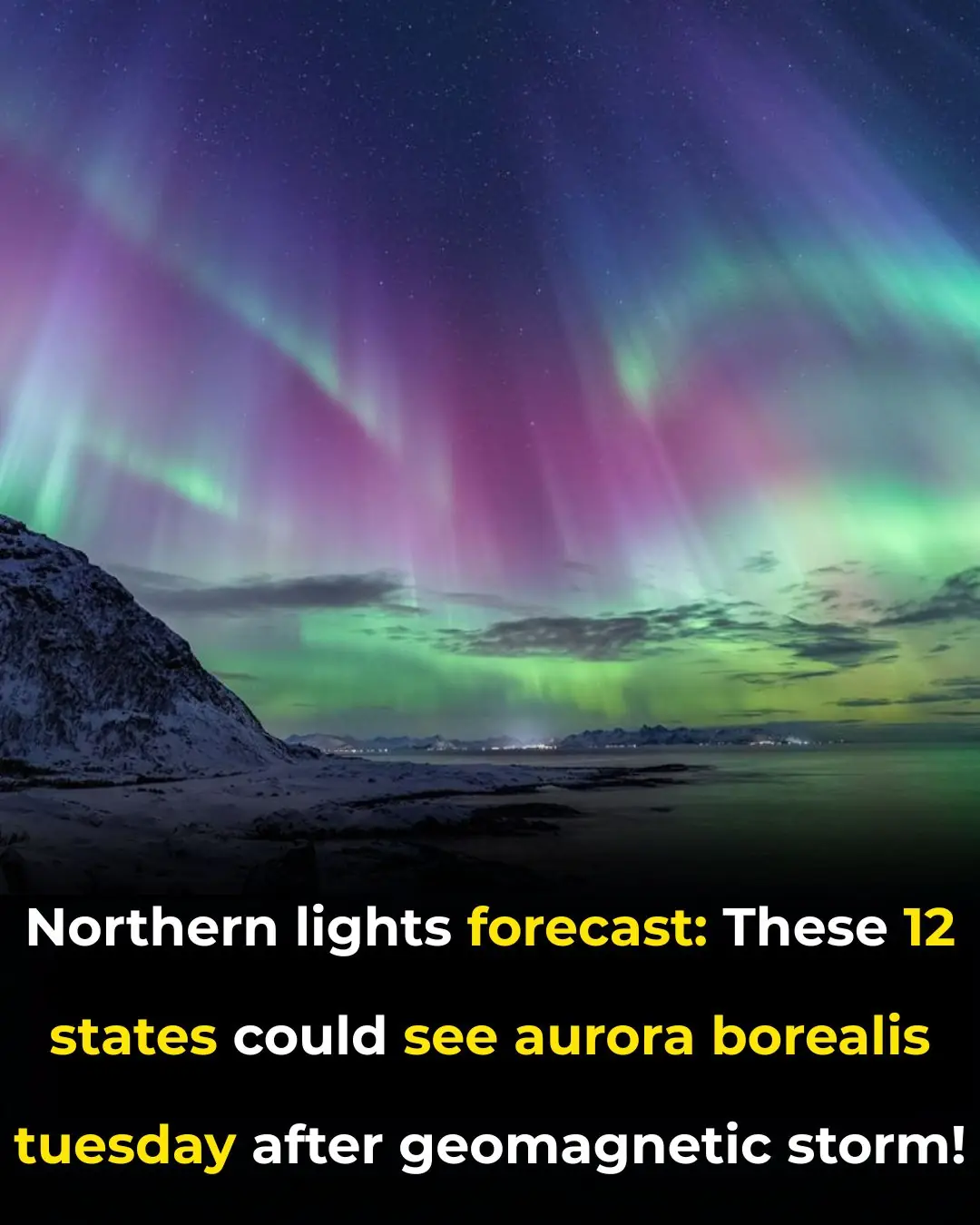
Northern Lights Could Dazzle 12 U.S. States This Week — Best Viewing Through Oct. 8

Researchers Turn Festival Wristbands into a Shield Against Drink Spiking

Give President Trump Nobel Peace Prize, Israeli Hostage Families Urge

The Flower You Pick Will Reveal Your Truest Trait
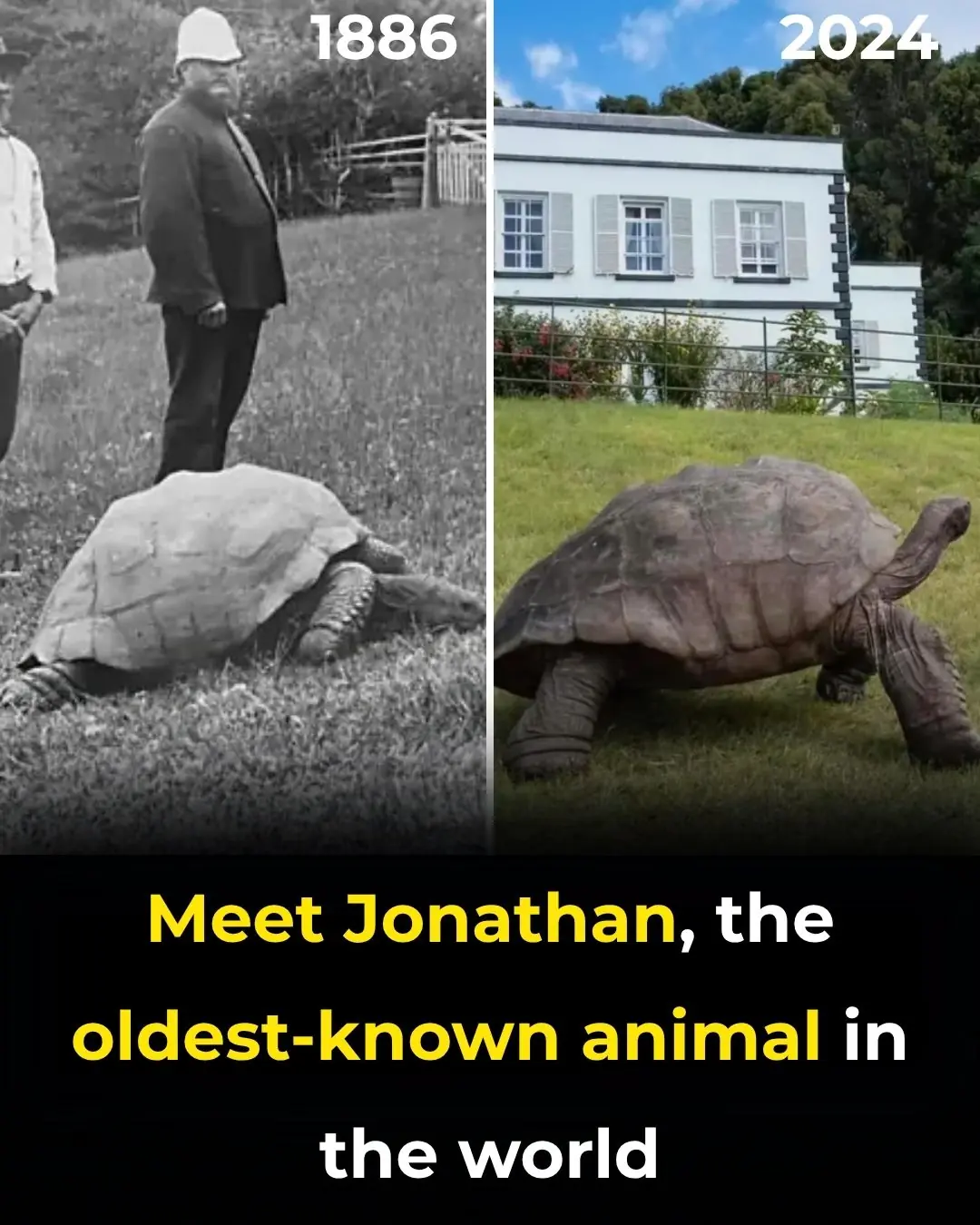
Meet Jonathan, The Oldest-Known Animal In The World

Mind-Blowing Cloud Formations You Probably Haven’t Seen Before

The Best Places to Photograph in Montana

A Thermometer Just Broke At -62°C (-80°F) In The World’s Coldest Village, And The Photos Are Breathtaking
News Post

Growing Wildflowers: A Mother’s Journey Through the Chaos

The Baby in Princess Diana’s Arms

A Lifetime in Bloom: Lois Shows Us What Passion Truly Grows
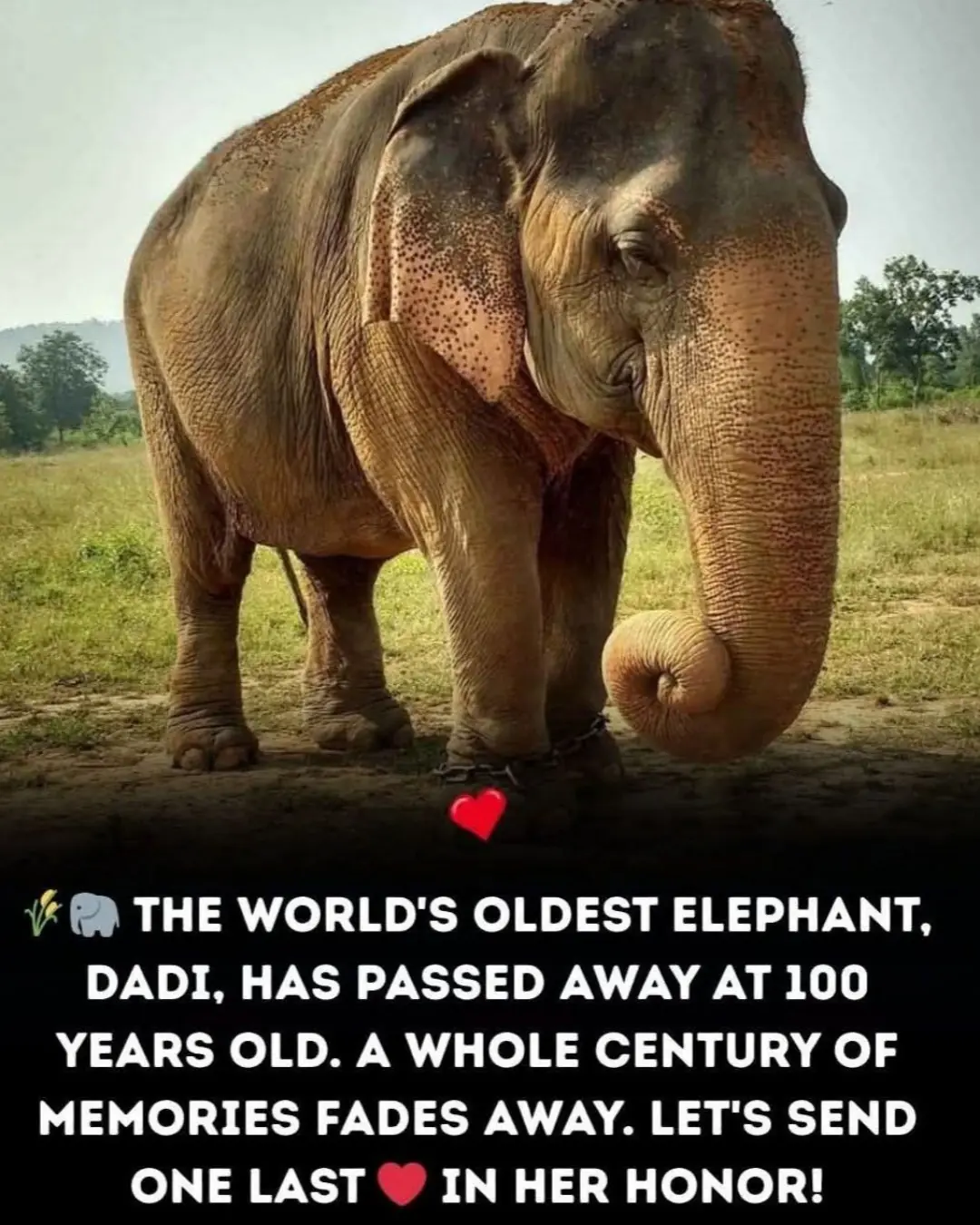
Farewell to a Giant Soul: Vatsala the Elephant Passes at 100

Keeping the Monsters Away: The Quiet Heroism of Foster Parents

From Sidewalk to Forever: A Daughter’s Choice That Changed Everything
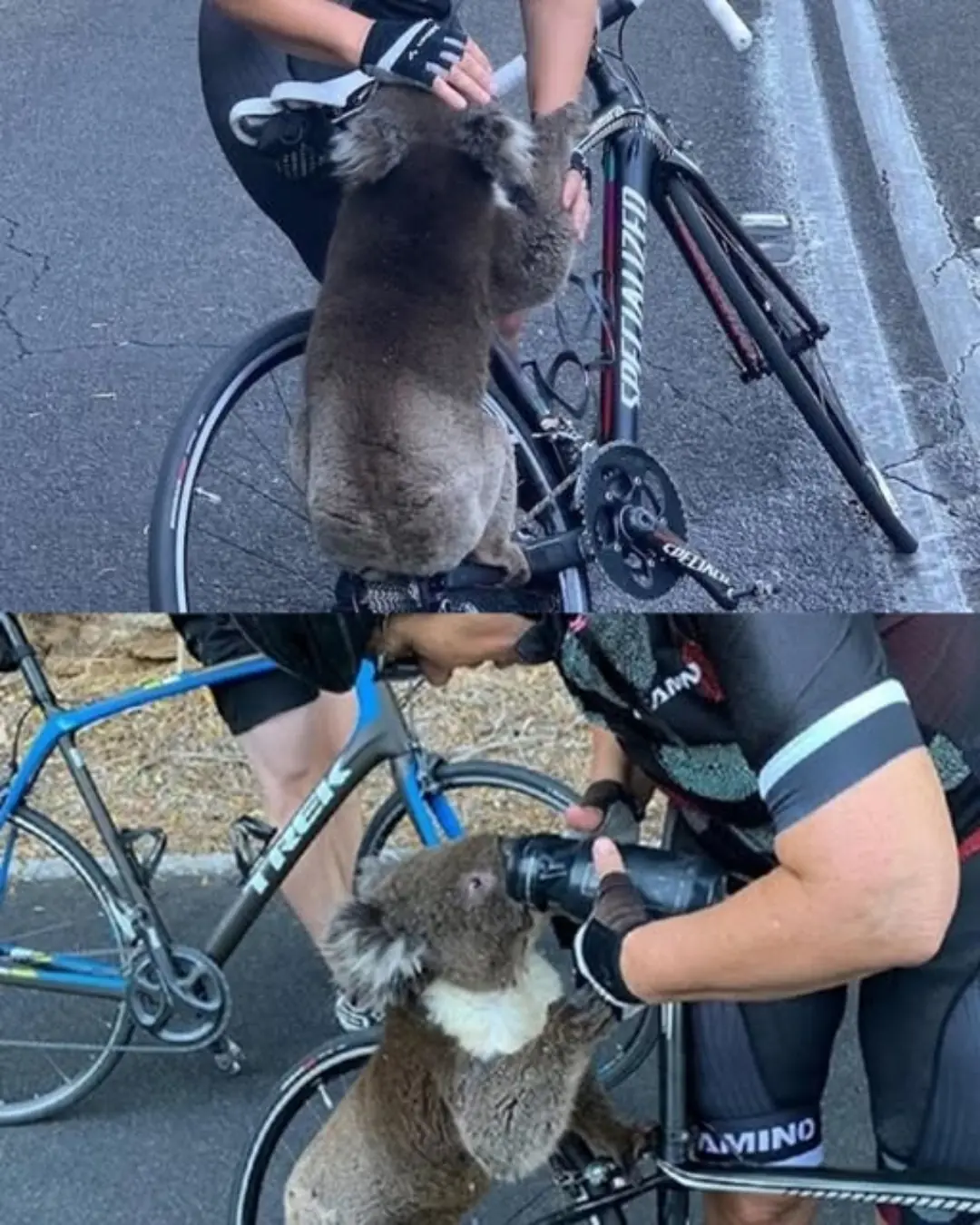
A Thirst for Life: Cyclists Halt Ride to Save Parched Koala in Australia’s Heatwave

An Actor’s Greatest Role: Morgan Freeman Becomes a Guardian of Strays

When a Celebration Became a Goodbye: A Daughter’s Farewell to Her Faithful Companion

Bella the Hero: How a Pit Bull’s Loyalty Saved a Life

No Matter How Dirty You Are, Absolutely AVOID These 7 “Dangerous Hours” When Washing Your Hair to Prevent Stroke, Sudden Illness, or Hospitalization Without Warning

3 Common Mistakes When Using Plastic Wrap That Can Cause Cancer and Are Often Made by Many People
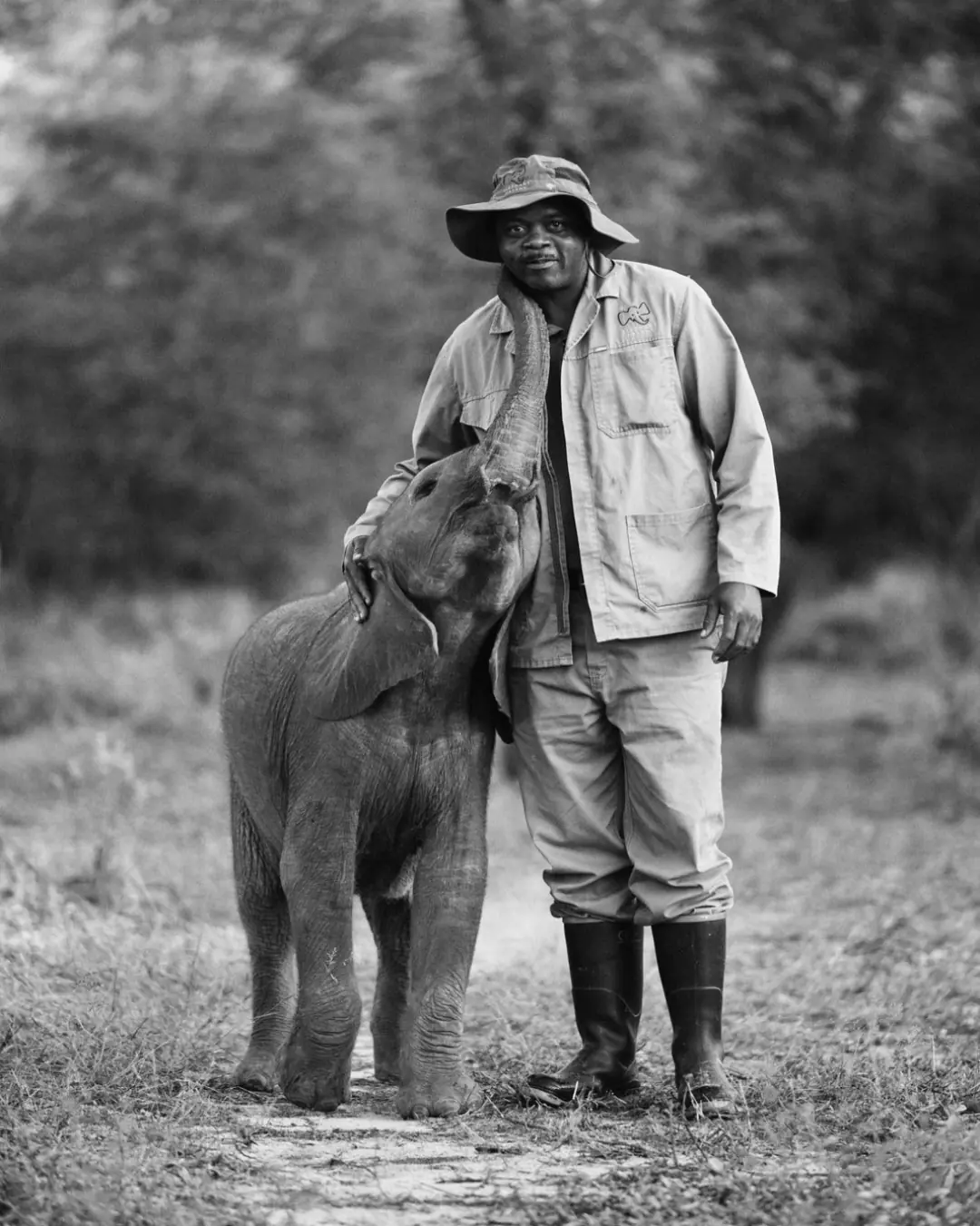
A Kiss from Joy: The Language of Love Between Elephants and Humans

What Do Vertical Nail Ridges Mean After 40

A Brave Fight for Life: Kuba’s Battle Against Ewing’s Sarcoma
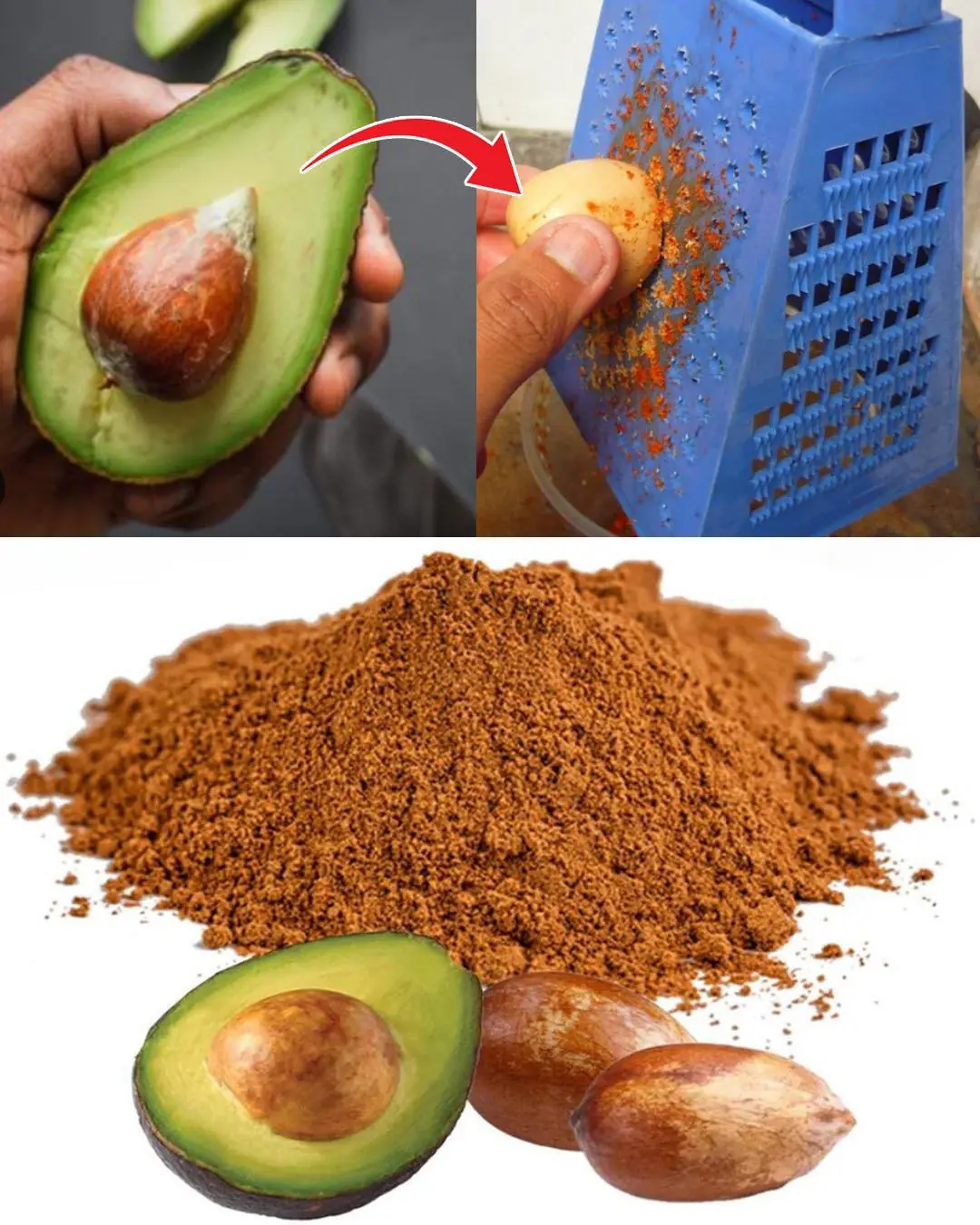
Avocado Seeds Benefits: 7 Reasons to use them

9 Signs You’re Actually Going Through Menopause (Even If You Didn’t Realize It)

Morning Detox Elixir: Olive Oil, Lemon & Ginger – The Natural Cleanse You Need Daily

Nine Children in Dawsonville Get the Gift of a Bed, Comfort, and Peaceful Sleep
